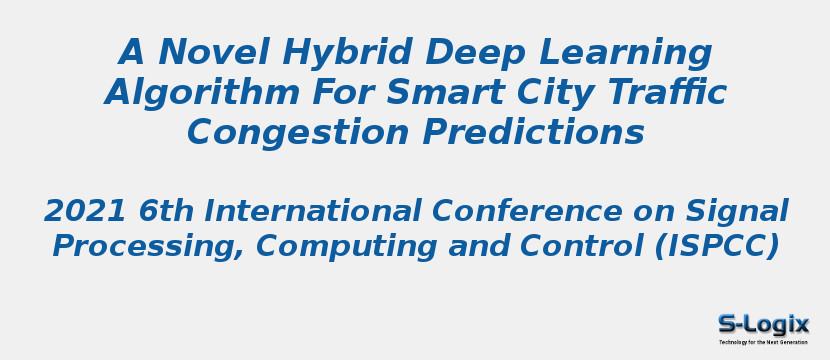Research Area: Machine Learning
A research is an intellectual system, the vehicular adhoc network (VANET), supplies cars in the network with critical information. Over 150,000 individuals are impacted by traffic accidents that must be kept to a minimum, and the development of safety must be included in VANET. Traffic congestion prediction is critical to mitigating car accidents and managing traffic for the benefit of all road users. The cars in the system exhibit dynamic behavior, which adversely affects the performance of deep learning approaches for congestion of traffic prediction. In this article a hybrid approach named boosted long short-term memory ensemble (BLSTME) as well as convolution neural network (CNN) is develop to help cars navigate around congested roads by giving CNN-s powerful features access to BLSTME, which helps cars in dynamic environments by forecasting the likelihood of congestion. In order to forecast traffic congestion, CNN collects traffic attribute pictures, as well as suggested BLSTME trains. It also improves classifiers that are weaker. Tensor Flow libraries were used to build the model, which was then evaluated in the actual world in a simulated scenario created using the open source software SUMO and the proprietary software OMNeT plus plus. After several trials, various tests, and evaluations, the experiment-s results are analyzed, and the models predictions are then evaluated using relevant metrics such probable accuracy, precision, as well as recall. Thus, the experimental result indicates that the hypothesis has been proven correct with a degree of accuracy, precision, and recall of 98%, 96%, and 94% respectively. The model outperforms current methods by providing 10% better stability and performance.
Keywords:
Author(s) Name: L. M. I. Leo Joseph; Pankaj Goel; Ashish Jain; K Rajyalakshmi; Kamal Gulati; Prithvipal Singh
Journal name:
Conferrence name: International Conference on Signal Processing, Computing and Control
Publisher name: IEEE
DOI: 10.1109/ISPCC53510.2021.9609467
Volume Information:
Paper Link: https://ieeexplore.ieee.org/document/9609467
